Western Rise, On The Way Up

Western Rise is one of the coolest new outdoor clothing companies I’ve seen in a while.
One of my favorite things about attending the IFTD show is meeting the folks on the cutting edge of design. The young companies with new ideas who are shaping the future of fly fishing gear.
Western Rise is definitely one of those companies. They produce technical clothing with smart, innovative features and a distinctive look rooted in the past, but with its eye on the future. You can feel the quality in every piece they make.
CHECK OUT THIS VIDEO TO LEARN MORE ABOUT WESTERN RISE.
Read More »Green Light The Bahamas
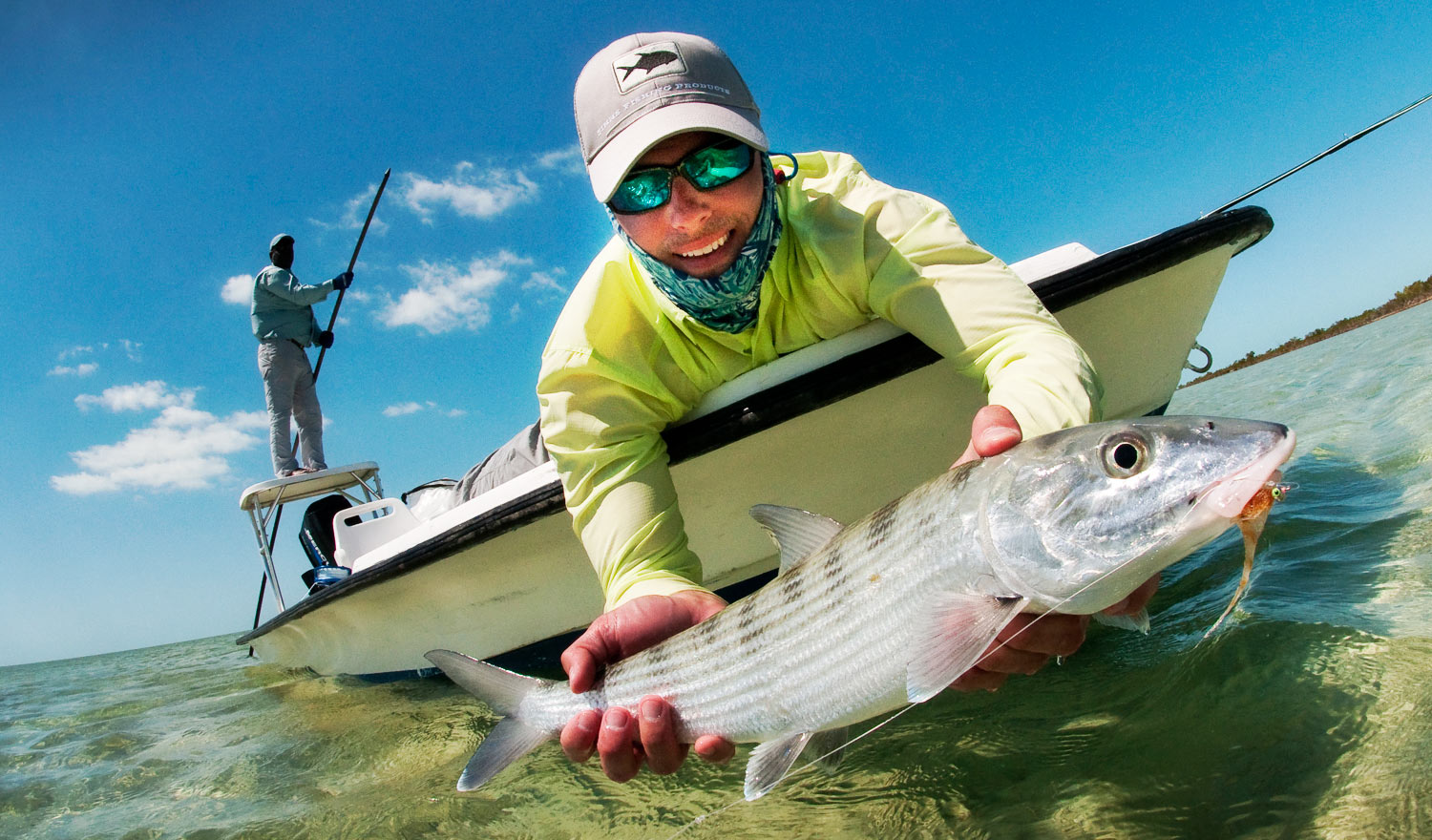
It’s time to check in on the status of Bahamian fishing regulations.
I get emails every week asking if foreigners are allowed to fish in the Bahamas. As of now, all of the news is good. There’s been very little talk of changes to existing regulations since the big uproar on the part of the angling community in response to last year’s draft proposal. There have been rumors of a vote early this year, but it seems unlikely.
Currently, there is no change in Bahamian fishing regulations, nor does any change seem likely. There are no restrictions on DIY fishing, foreign-owned outfitters, guide licensing or even a Bahamian fishing license. It’s business as usual.
I was in the Bahamas not long ago and talked with many of my friends there, Bahamian and non-Bahamian.
I was a little surprised by what I heard. Generally when you talk politics with folks in the Bahamas you get an almost dispassionate acceptance of government corruption. They are very engaged in their politics but they accept that the government is going to do what they want, with or without the people’s support, and roll with it.
Not so in this case. The folks I talked to seem to be more sharply divided than I’ve experienced. I talked with guides on both sides of the issue. Some were vocally against the proposals made last year. Those were the loudest voices, likely because they knew where I stand on the issue. Others spoke out in favor and a few tried to bullshit me, even though I could tell they knew it was pointless. One thing is certain, they all understand how foreign anglers feel about it. I don’t think they will forget soon.
Our message came through loud and clear.
I’ll give you a little bit of inside info. It’s hear-say and I can’t prove it, so take it for what it’s worth
Read More »5 Reasons Why Turbulent Water Can Provide Great Trout Fishing
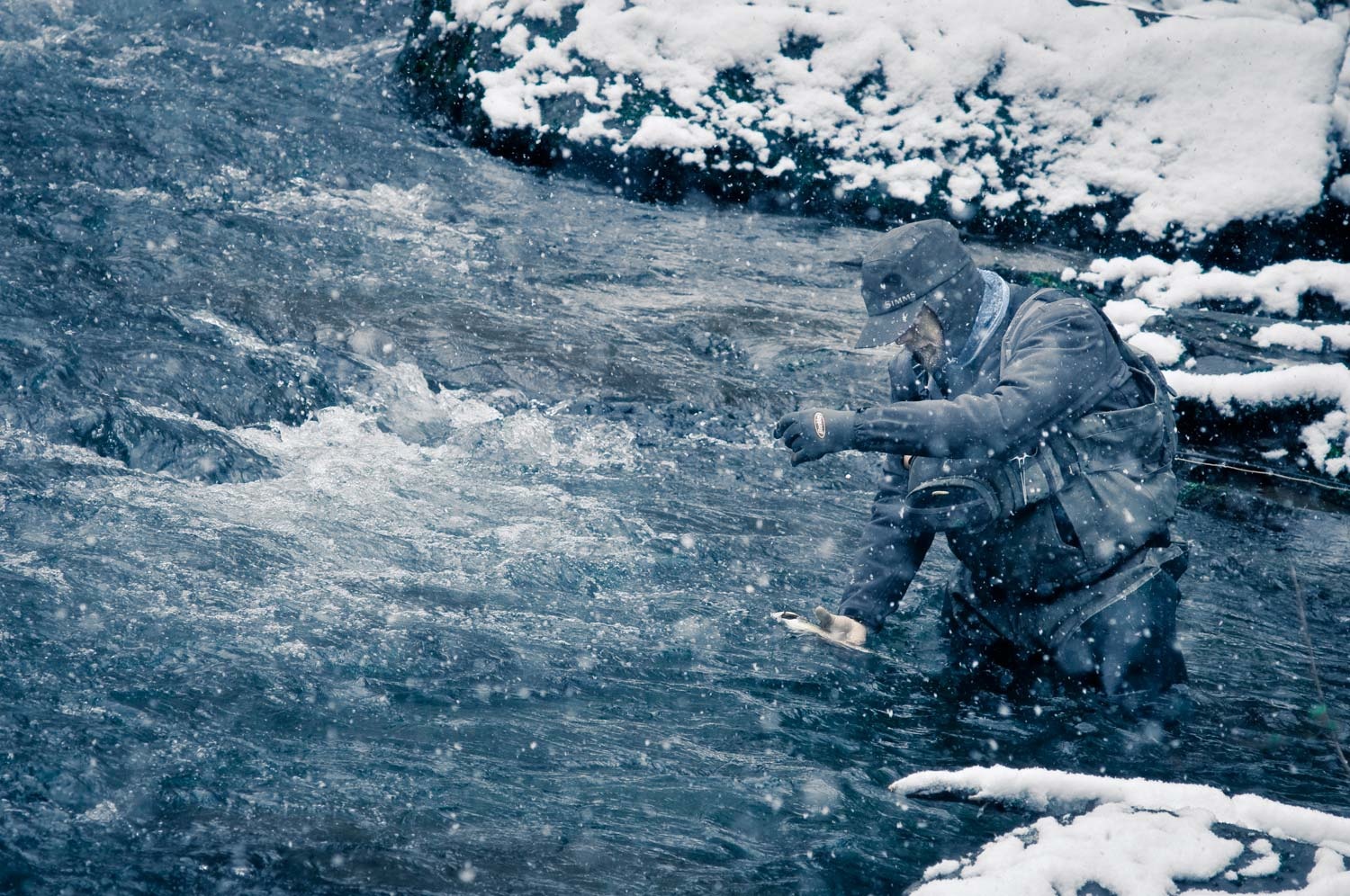
Many of my beginner level clients, struggle when it comes to reading trout water. More specifically, they find it difficult when they have to compare two different sections or types of water, and quickly decide which one of them should yield them a higher percentage for success. In turn, I get asked the question often, “What’s the type of water I like to target first, when I have the opportunity.” I usually respond with “If I have a choice, and I’m looking for consistent fishing locations year round, I prefer to target turbulent water (faster moving) over calm water (slow moving).” It’s the riffles, pocket water and main current seams that fly anglers will generally find the turbulent water, and that’s the kind of places that not only will provide everything a trout needs to survive, but furthermore, the trout will usually be less picky as well (easier to catch), since the water is moving more swiftly. Below are five reasons why fly anglers should search out and fly fish turbulent water when they’re fly fishing for trout.
Read More »Announcing The 2016 Fly Fishing Photo Contest Winners
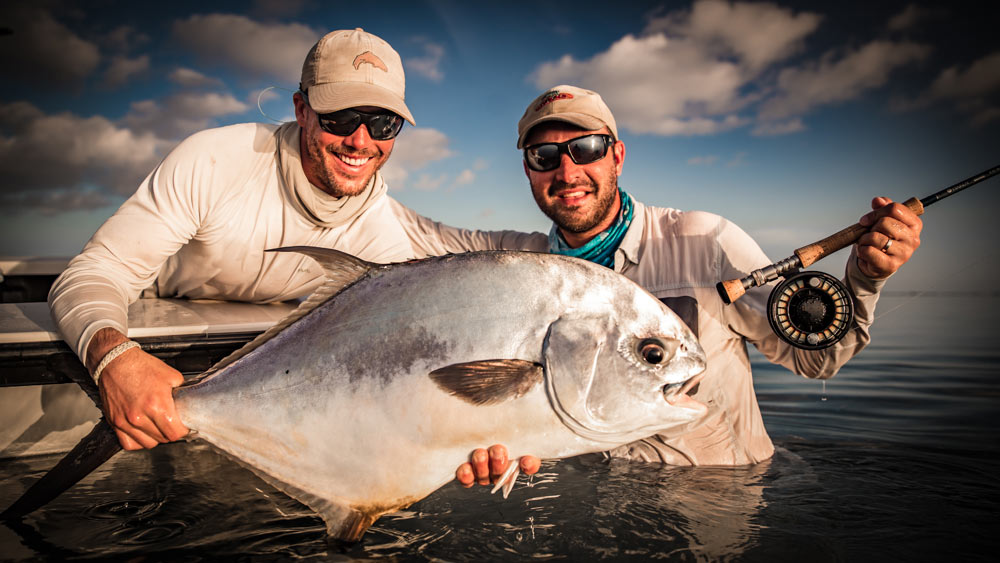
Fly fishing photography is alive and well!
I’m always blown away by the submissions we get for the annual Photo contest. This year is no exception. The work was overwhelming in both quality and quantity. My hat is off to all who entered.
THE 2016 FLY FISHING PHOTO CONTEST WINNERS ARE,
Read More »Dehumidifiers Keep My Fly Fishing Gear Fresh & Dry
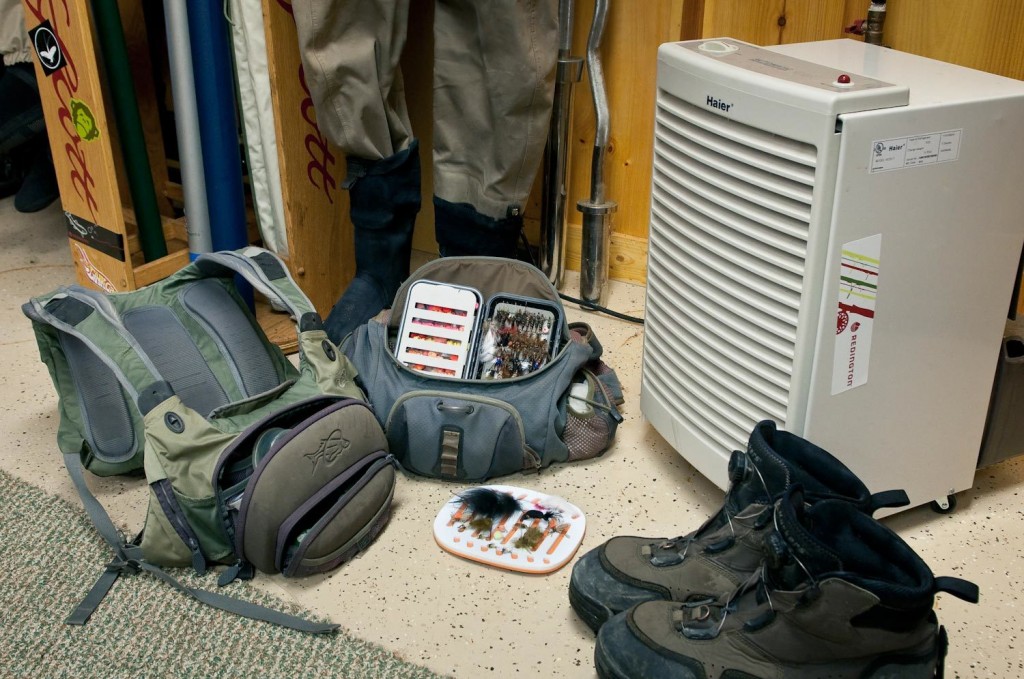
It used to be an ongoing battle all season long to keep my fly fishing gear dry and odor free.
There’s nothing worse than having to slide into a pair of stinky, sweaty waders that are still damp from the day before, struggle to slide your feet into a frozen solid pair of wading boots during the winter, or head out fishing on a rainy day with a rain jacket that’s already soaked to the bone. A couple years ago, I finally got smart and bought a dehumidifier, and now all I have to do is drop my gear on the floor next to the dehumidifier in the evening, and it’s waiting for me the next morning 100% dry and odor free. I’m telling you, it’s like heaven on earth, and I guarantee, you’ll find a whole new appreciation and respect for dehumidifiers when you take the leap of faith and put one to work. Dehumidifiers are also great for fighting the spread of invasive species for traveling anglers because they can suck the moisture out of every crack and crevice of your gear in a very short period of time. So keep that in mind next time you walk by one of them in your local hardware store. Splurging the couple hundred dollars will benefit you…, your fly fishing gear and your trout streams.
Read More »Saturday Shoutout / The Legend of Jimmy
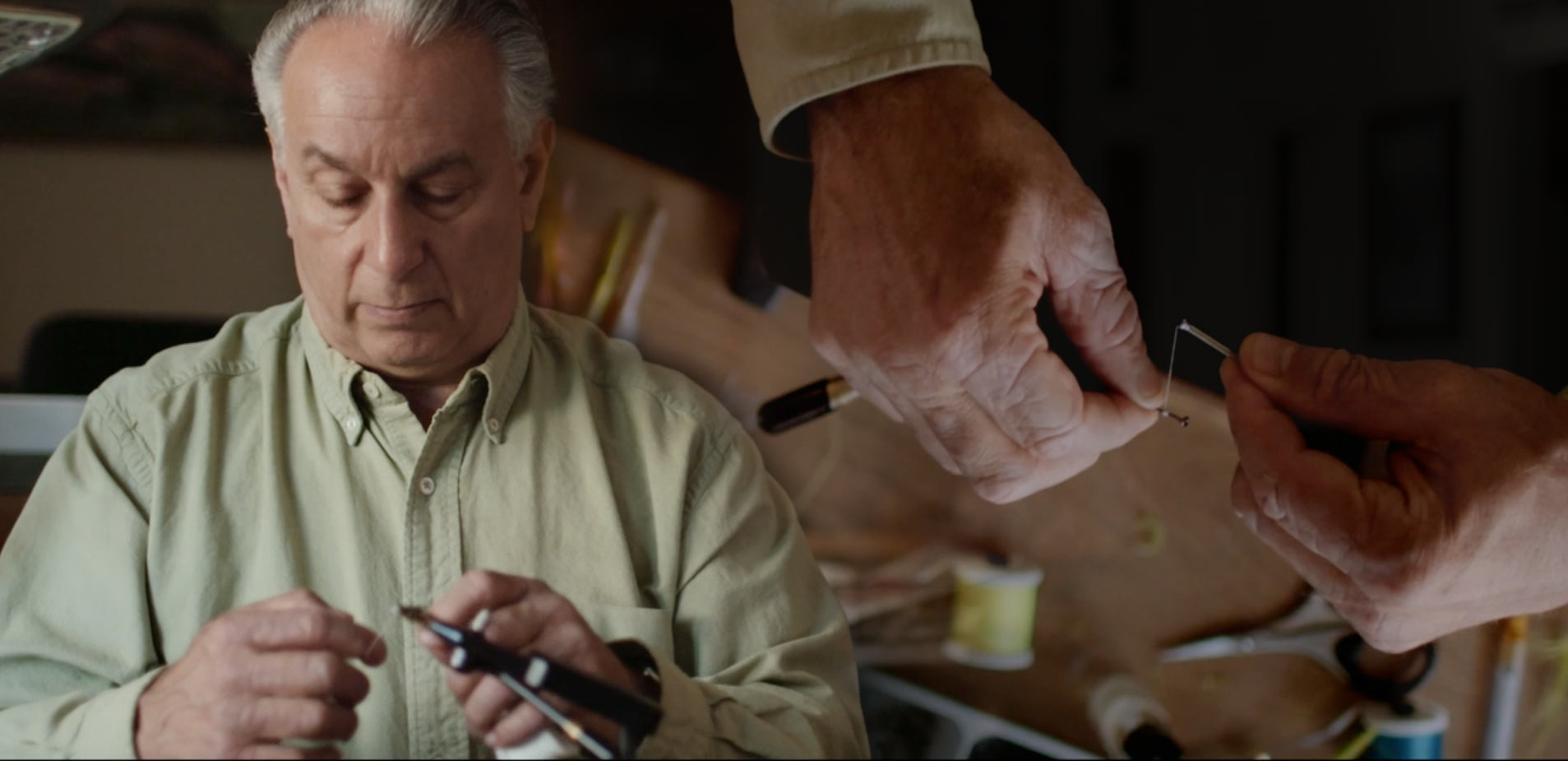
Not just a fly fishing legend, Jim Teeny is one of the nicest guys you’ll ever meet.
This video with Jim by David Green and H&H Outfitters caught my eye. I thought it was worth sharing for a couple of reasons. I don’t know Jim well, but I’ve had the pleasure of talking with him on a handful of occasions. I can tell you this. Every time I’ve seen him Jim Teeny acted like he had nothing else to do with his day but talk fly fishing with me. His generous nature is immediately apparent.
Sitting on a shelf next to my DVR, my blue ray player, smart TV and stacks of shiny DVDs and blue ray discs is a VHS tape of Jim Teeny catching steelhead. I don’t even own a VCR but I keep that tape within reach. That might tell you something about my respect for the man.
It’s no overstatement to say that Jim Teeny changed fly fishing. His creativity and ingenuity has spread across the industry like the rings of a rising trout. Maybe you’re familiar with Jimmy or maybe you’re not but he has likely shaped the way you fish.
Anyone as original as Jim attracts controversy. Especially in fly fishing. His sweet disposition makes him an easy target. I laughed out loud the first time I watched that video tape and saw him throwing rocks into the river to move steelhead out of a spot where he couldn’t reach them with a fly, but I’ll be damned if he didn’t catch that fish, and I realized this man knew things about fish I’d never imagined. Jim doesn’t think outside the box. He isn’t aware there is a box.
CHECK OUT THIS AWESOME VIDEO AND LEARN SOME THINGS YOU DIDN’T KNOW ABOUT JIM TEENY.
Read More »New Fly Rods At Affordable Prices, From Echo
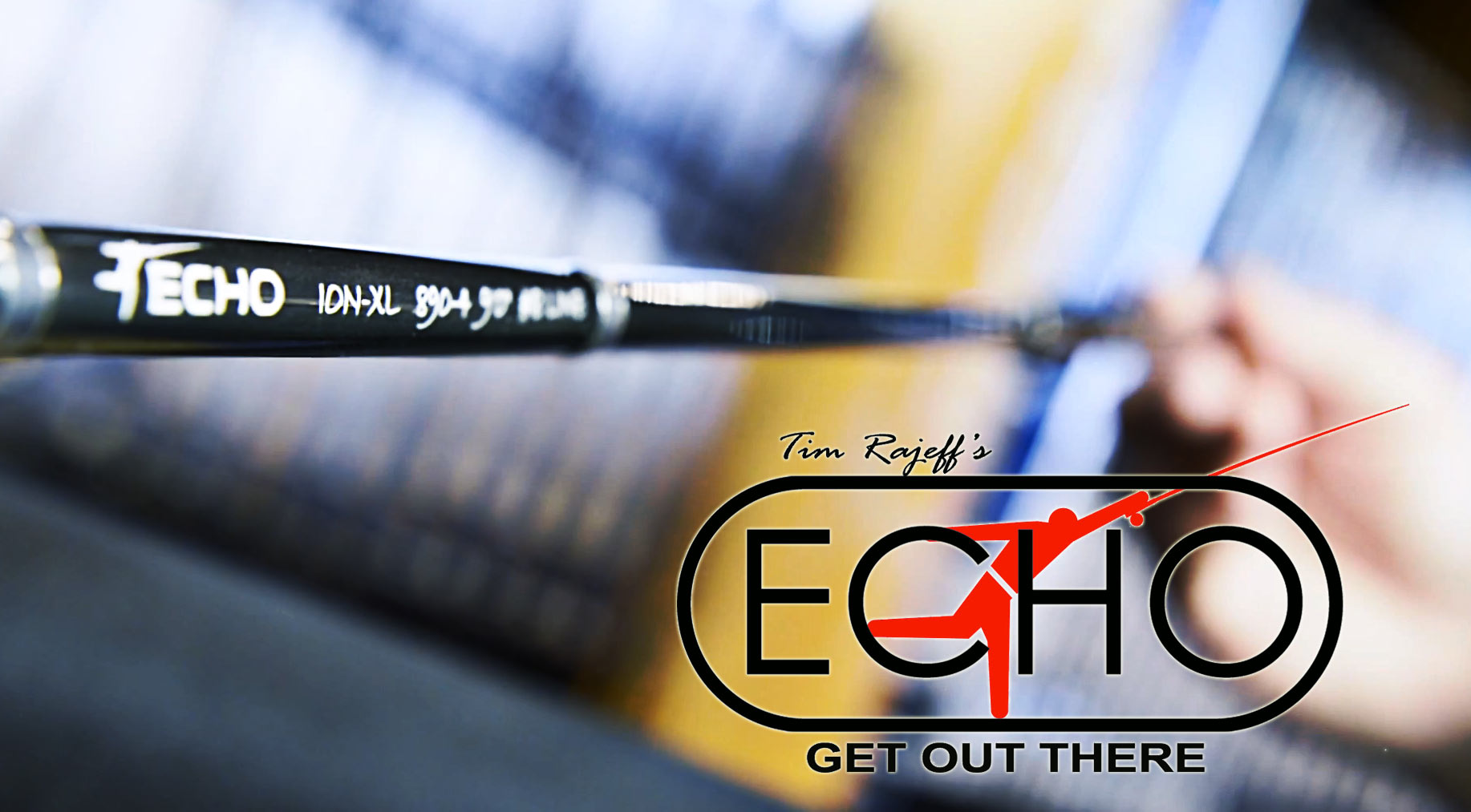
2016 brings us a bunch of new Echo fly rods.
Tim Rajeff is always pushing limits. That’s what made him a champion fly caster and it’s what makes him a great rod designer. He designs Echo fly rods on the idea that a great casting rod doesn’t need to be expensive. This year’s line-up makes a pretty good case.
The Carbon and Ion rods have been around for a while. They are the workhorses of the Echo brand. Both lines have been redesigned, as Carbon XL and IonXL, with new materials, fine tuned line weights and making them lighter overall.
There’s a new line of fiberglass rods in 8 1/2 and 9 foot lengths. These rods have powerful butt sections and are designed with larger water in mind. There’s a very cool new nymphing rod and new Gecko kits for kids that come out of the tube ready to fish.
CHECK OUT THIS VIDEO FOR ALL THE DETAILS ON THE NEW FLY RODS FROM ECHO.
Read More »Review: The Tacky Tube
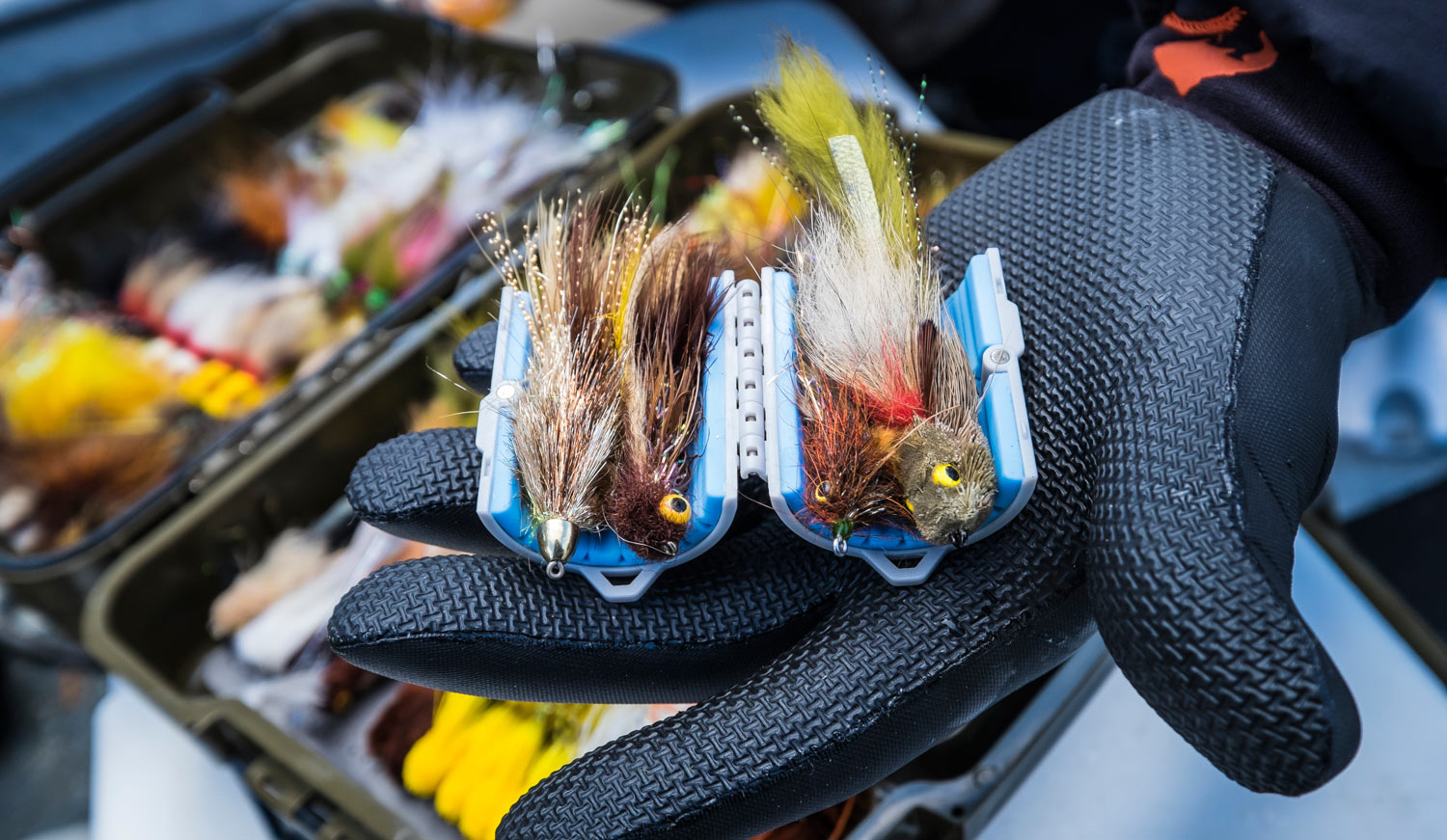
By Justin Pickett
Tacky Tube, what are you supposed to do with that?
I was recently perplexed when I saw Tacky Fly Fishing’s newest product, the Tacky Tube. My initial reaction to its appearance was, “what are you supposed to do with that?” Other than just being oddly shaped, what was it supposed to do that a regular old fly box can’t do? Intrigued, I went to their website and watched the introduction video. After hearing the first few sentences out of Tim’s mouth about the Tacky Tube, it became more obvious that this will be more of an alternative to the traditional fly patch. I think it’s certainly a great idea. Great hook holding power. Small, light, and portable, as well as being completely enclosed so that flies don’t get brushed off, or snag branches and vines while you’re walking the banks and trails. Sounds awesome. Then I had my “Ah Ha” moment…
When I’m wading my local streams and rivers, I prefer to carry as many flies as I can, as well as several different types of flies. This means that I will just about always have streamers somewhere in my pack. The problem that I often run into is that I don’t really have a great place to carry my larger streamers. I’m not going to lug my MFC boxes around with me. That would just be ridiculous. I often end up hanging them somewhere inside my chest pack, leaving them free to puncture holes in my pack and my fingers, or get tossed out when I’m pulling fly boxes and other gear from my pack. Also, once I’ve finished fishing with a streamer, the chances of it making out of my pack in order for it to dry appropriately are slim. “I just love finding rusty hooks on a six dollar streamer stuck in the bottom of my pack,” said no fly fisherman ever.
ENTER THE TACKY FLY TUBE. CLICK. PURCHASE. BOOM.
It turns out the Tacky Tube will definitely fit the bill as a great alternative to a fly patch. I’ve used it several times now with various flies and found that
Read More »Buster Wants to be a Fly Fishing Guide
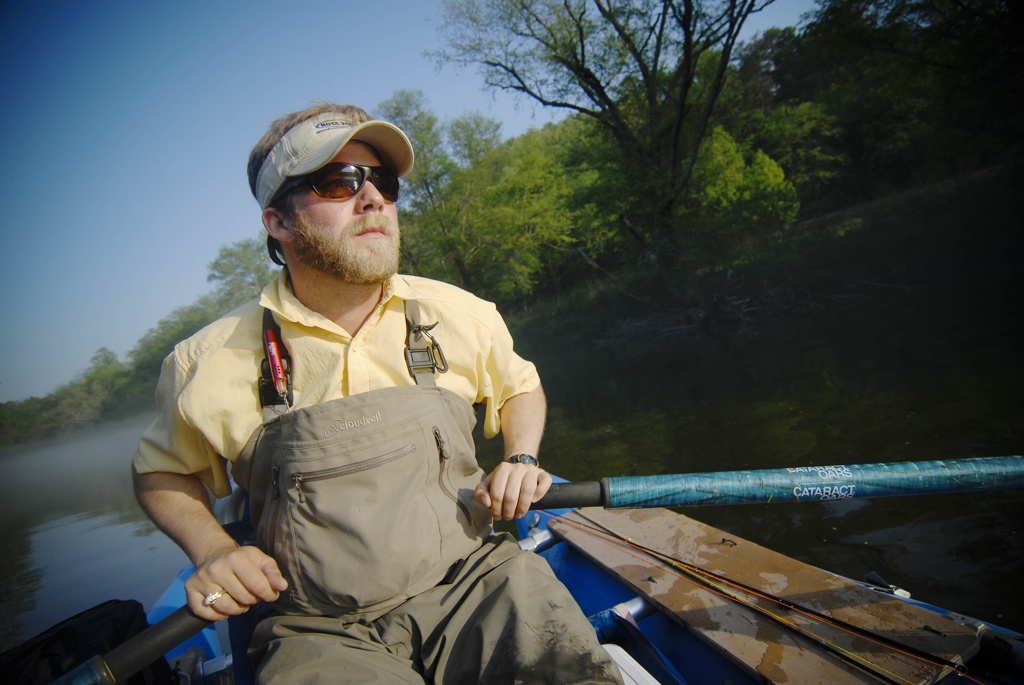
Every couple of months, for about the last ten years, I’ve been contacted by recreational fly fisherman around the country, asking me to give them advice on how to go about becoming a fly fishing guide. Choosing to become a full-time fly fishing guide is a big decision to make, and one that shouldn’t be taken lightly. Yes, there’s lots of perks that come with the job, but there’s also plenty of hardships. For starters, guiding can prove to be very stressful at times, so don’t think by you making the move to step away from your current job (to become a fly fishing guide), that you’ll be saying goodbye to all the stresses of everyday life (remember, it’s up to you to get fish in the net). There’s no doubt, as a guide, you’ll have the luxury of calling the beautiful outdoors your private office. It beats the hell out of crunching numbers in a tiny cubicle or doing a job that you absolutely hate, but it still doesn’t change the fact that guiding is still a job.
Read More »The People Have Chosen
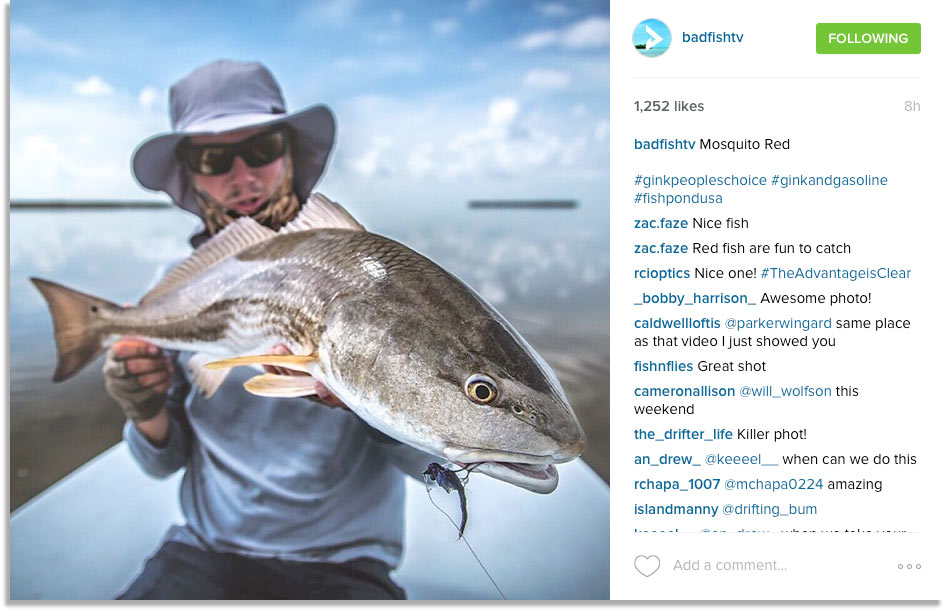
We have a winner in the People’s Choice- Instagram category.
As you probably know,we,introduced a new category in this year’s Fly Fishing Photo Contest. The photos were posted on Instagram and the photo with the most likes is this awesome redfish photo from badfishtv with an incredible 1252 likes.
You can see all of the entries by going to Instagram and searching #ginkpeopleschoice.
You can more from badfishtv HERE.
Thanks to everyone who entered. The judges are making their selections for the main photo contest. Stay tuned, we’ll post the results next week.
Read More »